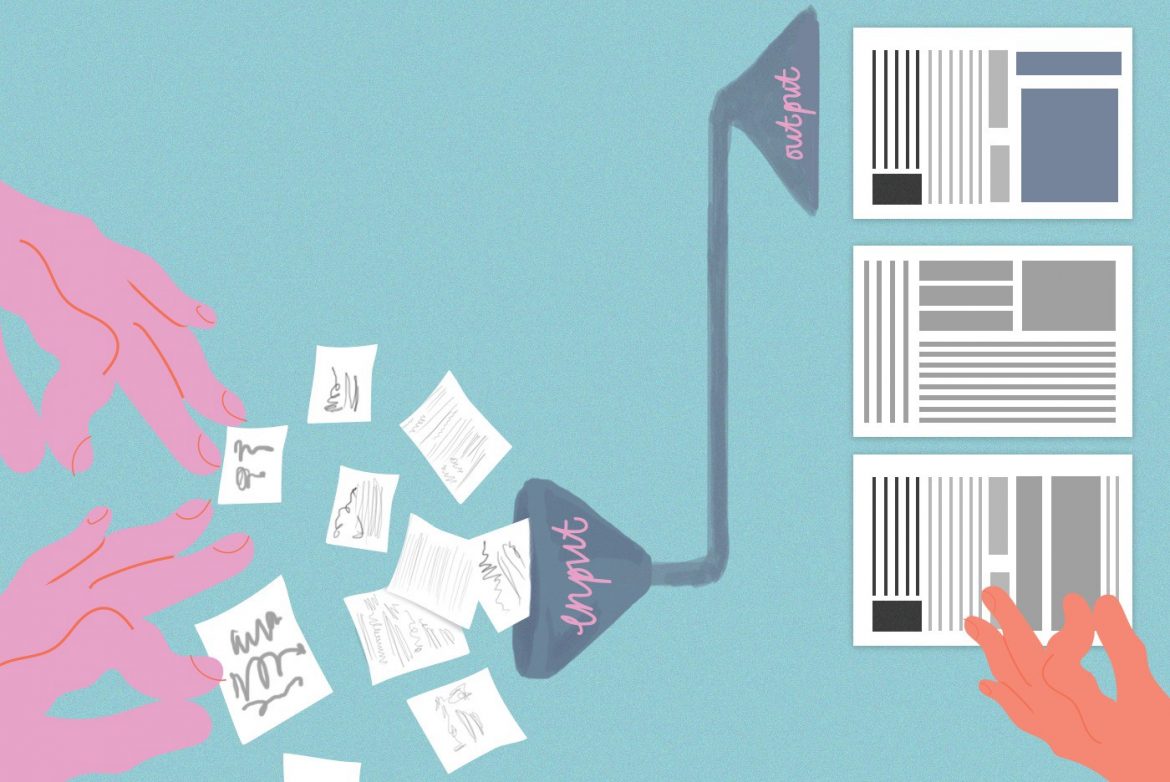Technology has reached the legal segment with the promise of making people’s lives easier. This movement is known as Legal Design, which is applied to the concepts of Design Thinking, with the aim of making legal services more humane, satisfactory and usable.
However, for it to be effective, it is necessary to know this concept, its possibilities and how it can be used to raise the quality of legal services in different spheres, including business. Want to know more about what Legal Design is and how it works in companies? So, read on!
What is Legal Design?
In a synthetic way, the term Legal Design is inspired by the concepts of Design Thinking and User Experience (UX), which are methodologies of proven efficiency and used to propose solutions with collaboration and also empathy.
These methodologies make use of premises that seek to make processes more empathetic, in addition to understanding, investigating and evaluating scenarios. Based on this principle, they start to use new technologies, which can offer innovation in the form of answers to the problems presented.

To do so, they make use of the combination of departments of design, technology and law. Thus, the design works in a composition that considers the mentality innovative and creative, directed to the resolution of conflicts, which can be useful for the management of corporations.
Thus, the Legal Design mentality has applicability in legal services, breaking with the traditional thinking of the area, which is quite common, even fostered by the professionals of the segment. However, the market imposes new challenges and an ever-faster dynamic, imposed mainly by the advancement of technology. This leads to the search for innovation, which accompanies new technologies.
In this scenario, in a very practical approach, Legal Design seeks three objectives that follow the order below. Follow it!
- to assist lay people and legal professionals.
- creating better supports for legal systems, using the power of knowledge and design processes to optimize the tools and interfaces with which users can move through the legal system. For this back-up support of works, Legal Design uses the same means to create rules, with more intuitive approaches and tools.
- act to improve short-term processes and work on innovative actions to promote long-term changes.
In Legal Design, the actions are aimed at uniting lay people and legal professionals in a very simple way. For this, solutions must be devised to enable the layperson to become more able to deal with complex situations.
As for the professional, the actions are aimed at identifying how technological solutions can help him make better use of the practice of law, in order to find solutions to serve his clients more efficiently.
How important is Legal Design?
The proposal of the Legal Design movement is to bring new ways of contextualizing and thinking about the law itself, making the processes more focused on solutions focused on people. In addition, Legal Design represents a way for professionals is to differentiate themselves. For this, they bet on the use of technology as a facilitator and in the formation of more robust and innovative societies, which leads to better solutions.
How does Legal Design work?
The customer and meeting their needs become the focus of the legal sector that follows the concepts of Legal Design. For that, it is necessary that there is a great transformation of the mentality of the people involved in the processes, favoring the generation of a new culture.
Thus, Legal Design can be applied to any area of law and involves issues such as collaboration, observation and rapid learning, in addition to analyzing the business in a simultaneous manner and focused on understanding the client. This movement promises to revolutionize legal concepts as they were known until a few years ago.
What are your steps and how to apply to the company?
The initial step is to recognize the needs of your customers, and this step is essential to define a model to be followed. You can make a recognition of the scenario with a careful listening, which makes it possible to identify which are the managers and professionals who will assist in the implementation of Legal Design in the corporation. After this step, it is possible to divide the implementation into 6 steps.
Research and observation
At this stage, those involved in implementing the project in the company are interviewed. For this, it is very important to use empathy, which will allow you to recognize scenarios and have a greater view of the processes.
Point of view
Based on the information raised in the understanding of the company’s issues, one should start with a convergence of thoughts in order to find the best solutions.
Ideation
Based on research, ideas become guidelines for tangible solutions.
Solution model
At this stage, ideas are transformed into possible solutions and prototypes, or models, measure the perceptions about the proposed solutions.
Validation of ideas or tests.
Here the tests of the hypotheses raised and the prototypes are carried out.
Repetition
In this step, feedbacks are analyzed. This makes it possible to adapt the model in order to arrive at the best solution.

How to apply to the company?
In companies, Legal Design must be implemented collaboratively. Thus, it is possible to gather groups, preferably from various areas of the company, to define an issue that is very relevant to the organization and that is related to the legal area. So, it is necessary to work on empathy to understand the corporate culture and its profile, looking for the best solutions for the company and the people who are part of it.
A second step is to bring the team together to apply the ideas raised. This can be done in a practical way, for example:
- when performing customer service;
- the way information is presented;
- how the processes are configured;
- how policies are established;
- in a new way of writing a document;
- to implement technology that makes the monitoring of processes faster, among other issues.
Therefore, the proposal is to materialize the ideas and, for that, they must be tested with the user. Only in this way can suggestions for improvements to the company’s legal issues be validated. Given this, it is evident that the implementation of Legal Design in the company can bring more facilities to people, which adds a lot of value to the work done in the organization. This is certainly reflected positively in the corporate image of the business.


